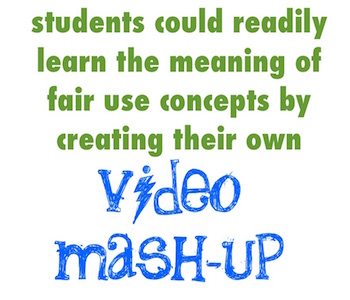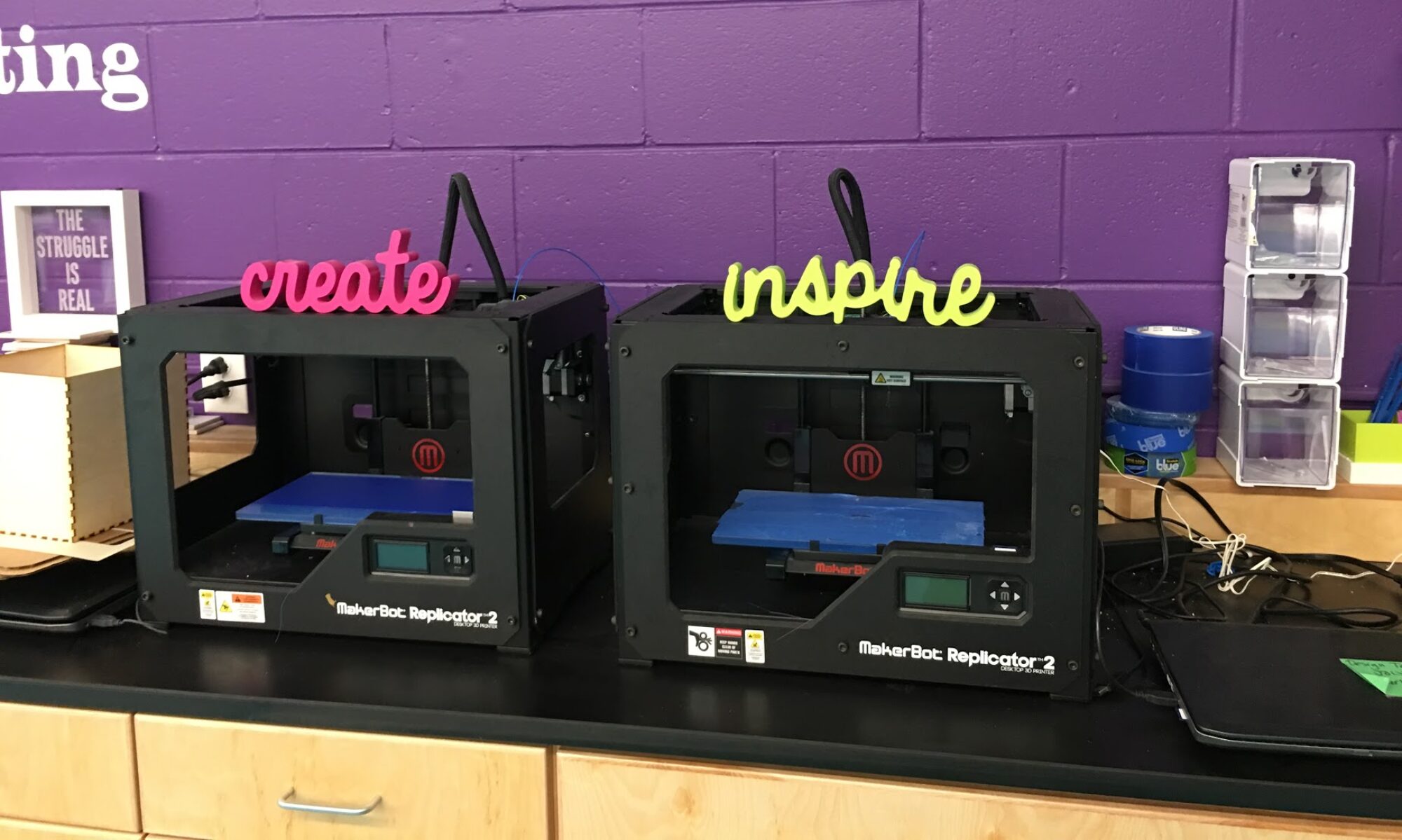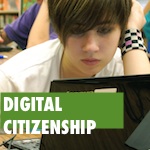In a 1:1 Android environment
Fair Use. Public Domain.
The meaning of these concepts as applied to creative work, has broadened dramatically in our digital world. Students are some of the biggest consumers and creators of work created on digital platforms, but they don’t often understand:
- what they may legitimately use
- how they may use it
- what protection exists for their own creative work.
Introducing “fair use” concepts
The excellent Rework, Reuse, Remix lesson from Commonsense Media had been the foundational lesson plan for my 8th grade Digital Learning class here at St. Francis Xavier School, in Winooski VT. It introduces the concept of fair use and how to apply it to case studies.
 But the last part of the lesson, “create an original digital work of fair use” was not practical until my students began using their own 1:1 Android tablet devices. Now students could readily learn the meaning of these important fair use concepts by creating their own video mash-up for an authentic class project.
But the last part of the lesson, “create an original digital work of fair use” was not practical until my students began using their own 1:1 Android tablet devices. Now students could readily learn the meaning of these important fair use concepts by creating their own video mash-up for an authentic class project.
And thus evolved a collaborative project with Teresa Hawes, our middle school French teacher.
What would demonstrating a fair-use project look like?
Putting our heads together, we created rubrics that focused on the following learning outcomes for both Digital Learning & French classes:
| Digital Learning | French |
| Mash-up demonstrates 1+ elements of Fair Use | Mash-up demonstrates mastery of adjective agreement. |
| Correct and complete citation formatting for sources | Mash-up includes original student-created clips as well as other sources |
| Video production quality | Video production quality |
| PLP reflection on the project for Digital Learning with link to mash-up | PLP reflection on the project for French tying in previous video projects and culture as appropriate |
With these learning goals in mind, we divided the students up into groups of three. Student collaboration was essential to this project. Charged with creating a 1-3 minute mash-up using at least three different sources that illustrated specific French content, students began by brainstorming how to accomplish this task in the context of fair use criteria. Some students chose to create original material in addition to using clips from You Tube.
Using the Power Director video app on their Android tablets, the students edited their chosen clips into a mashup with smooth transitions. Correctly cited sources in the form of film credits were included at the end.
Teresa used French class time for the student groups to share their productions. Each student used a rubric to assess their own creation as well as those of their classmates.
Reflecting on copyright and digital mashups
Finally, students were asked to write reflections for both teachers about their project.
For Digital Learning class, they focused on how their project mindfully implemented fair use. For French class, their reflection described:
- the task
- how they approached it
- the quality of their collaboration
- their challenges and successes
- and how this demonstration of their content learning compared to more traditional assessments.
The students posted their reflections, along with the link to their video mash-up, in their PLPs.
Check out Emma, Ella and Lisa’s video — one of the best to emerge from the project.
What made it work
With the use of students’ 1:1 tablets, this interdisciplinary project truly fell into the “Redefined” category of the SAMR model of computer technology use in learning and teaching. It allowed for new tasks to demonstrate learning that were previously inconceivable, resulting in a remarkably high level of student engagement.


